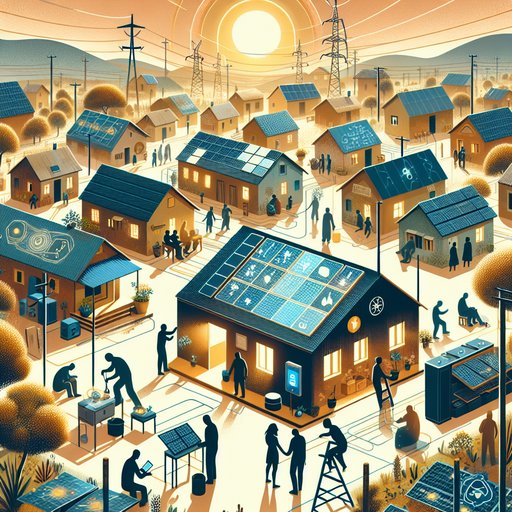
Modern motherboards have transformed from simple host platforms into dense, high-speed backplanes that quietly reconcile conflicting requirements: ever-faster I/O like PCIe 5.0, soaring transient power demands from CPUs and GPUs, and the need to integrate and interoperate with a sprawl of component standards. This evolution reflects decades of accumulated engineering discipline across signal integrity, power delivery, firmware, and mechanical design. Examining how boards reached today’s complexity explains why form factors look familiar while the underlying technology bears little resemblance to the ATX designs of the 1990s, and why incremental user-facing features mask sweeping architectural changes beneath the heatsinks and shrouds.

Formula 1’s relationship with simulation has evolved from spreadsheet lap-time models and shaker rigs into immersive driver‑in‑the‑loop laboratories that reproduce circuits with striking fidelity. With in‑season testing heavily restricted since the late 2000s and power‑unit, aerodynamics, and tyre behavior growing ever more complex, teams turned to simulators to bridge the gap between design intent and track reality. The result is a quiet revolution: drivers learn circuits and procedures without burning a liter of fuel, while engineers iterate setups, aeromaps, and energy deployment strategies days or months before a car turns a wheel. This synergy between human perception and high‑performance computation has reshaped how winning pace is found in modern Grand Prix racing.

Expanding clean energy access to underserved communities is no longer a distant ambition; it is a practical pathway unfolding today through microgrids, pay‑as‑you‑go solar, and community energy projects. These approaches have emerged as powerful complements to national grids, which often struggle to reach remote or low-income areas with affordable, reliable power. Rapid declines in the cost of solar, batteries, and digital technologies, combined with innovations in finance and community ownership, are turning energy access into a viable, scalable service. By matching technology to local needs and aligning incentives for consumers, entrepreneurs, and utilities, these models deliver electricity that is cleaner, more resilient, and more inclusive. Their success is reshaping the conversation from charity to choice, investment, and long-term economic development.

Deep beneath a high plain, in cracked basalt veined with water and iron, a chorus in stone triangulates itself with tremors and time. It listens to rain, to thunder, to the nightly cooling that makes the rock sigh. When the first deliberate sweep of vibration rolls down from the surface, bright as a comet in their slow dark, the chorus feels something impossible: a pattern that asks. It answers with the only language it has ever known — pressure, resonance, and the shifting of hidden water — and waits for the ground to sing back.























































